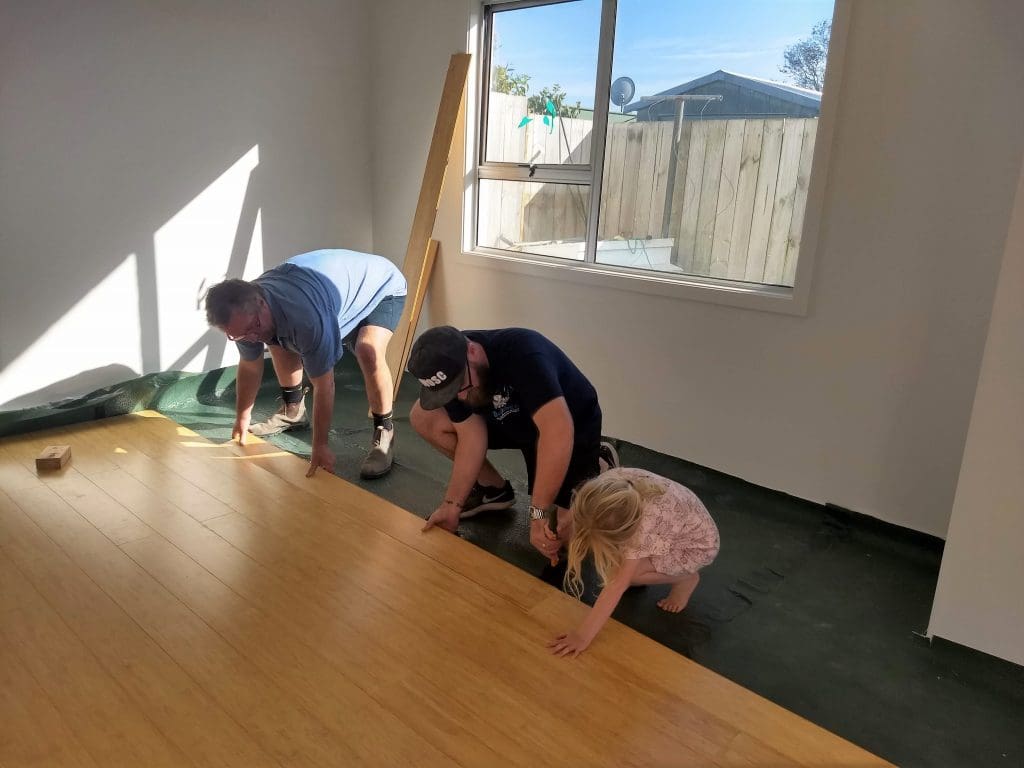DIY Floor Installation: Transforming Spaces with Ease

DIY Floor Installation: Transforming Spaces with Ease
Embarking on a DIY floor installation project is a rewarding endeavor that can transform the look and feel of your living spaces. From choosing the right flooring material to mastering installation techniques, this guide covers essential steps to help you achieve professional-looking results while saving on installation costs.
Selecting the Right Flooring Material
The journey of DIY floor installation begins with choosing the right flooring material for your space. Options range from hardwood and laminate to vinyl and tile. Consider factors like durability, maintenance, and aesthetic preferences. Each material has its unique characteristics, so choose one that aligns with both your design vision and practical needs.
Gathering the Necessary Tools and Materials
Before diving into the installation process, ensure you have all the necessary tools and materials on hand. Common tools include a tape measure, saw, spacers, level, and a rubber mallet. The type of flooring you choose will dictate specific requirements, so review manufacturer guidelines and make a checklist to avoid interruptions during installation.
Preparing the Subfloor
A crucial step in DIY floor installation is preparing the subfloor. Ensure the surface is clean, dry, and level. If necessary, use a leveling compound to address any unevenness. Repair any damages and remove old flooring materials. A well-prepared subfloor sets the foundation for a smooth and durable flooring installation.
Acclimating the Flooring Material
Many flooring materials, especially hardwood, need to acclimate to the environment before installation. This involves allowing the flooring to adjust to the temperature and humidity of the space. Follow manufacturer recommendations for acclimation time to prevent issues like warping or buckling after installation.
Understanding the Installation Technique
Different flooring materials require distinct installation techniques. For floating floors like laminate or engineered hardwood, the planks interlock, creating a “floating” surface. Nail-down or glue-down methods are common for hardwood flooring. Vinyl and tile may involve adhesive or grout. Understand the specific technique for your chosen material to ensure a successful installation.
Starting with a Layout Plan
Before installing the first plank or tile, create a layout plan for the room. Begin from the center or focal point and work outward. This ensures a balanced and visually appealing installation. Use spacers to maintain consistent gaps along walls and between planks or tiles for expansion and contraction.
Precision Cutting for a Seamless Finish
Achieving a professional-looking result requires precision cutting. Measure and cut flooring materials accurately, especially for corners, edges, and around obstacles. A quality saw and attention to detail are essential for creating clean and seamless transitions between pieces.
Securing the Flooring in Place
Secure the flooring in place according to the chosen installation method. Whether it’s nailing down hardwood planks, clicking together laminate pieces, or using adhesive for vinyl tiles, follow the recommended guidelines. Take your time during this step to ensure each piece is properly secured for a stable and long-lasting floor.
Applying Finishing Touches
Once the main installation is complete, focus on finishing touches. Install baseboards or shoe molding to cover expansion gaps and create a polished look. Clean any adhesive or grout residue from tiles. For hardwood floors, consider applying a protective finish to enhance durability and longevity.
Celebrating Your DIY Success
Completing a DIY floor installation is a significant accomplishment. Take a moment to step back, admire your handiwork, and celebrate the transformation of your space. Your efforts not only enhance the aesthetics of your home but also provide a sense of satisfaction and pride in a job well done.
Conclusion: DIY Floor Installation Mastery
DIY floor installation is an empowering project that allows you to personalize your living spaces while saving on installation costs. From material selection to the finishing touches, each step contributes to the success of your flooring project. Explore more about DIY floor installation at DIY Floor Installation and embark on a journey of transforming your spaces with ease.









